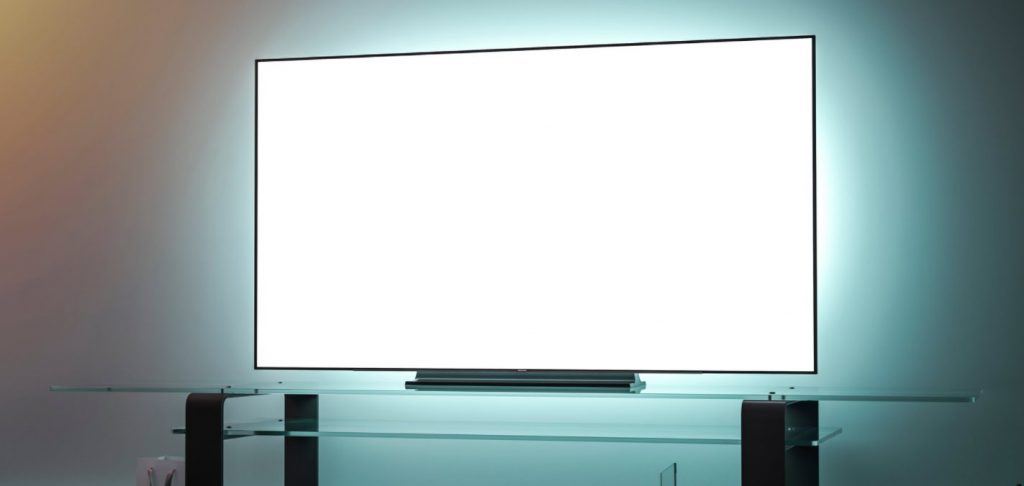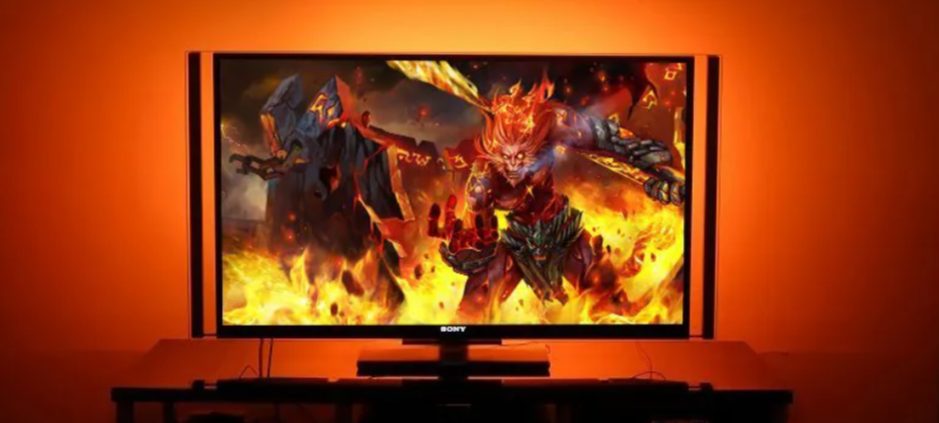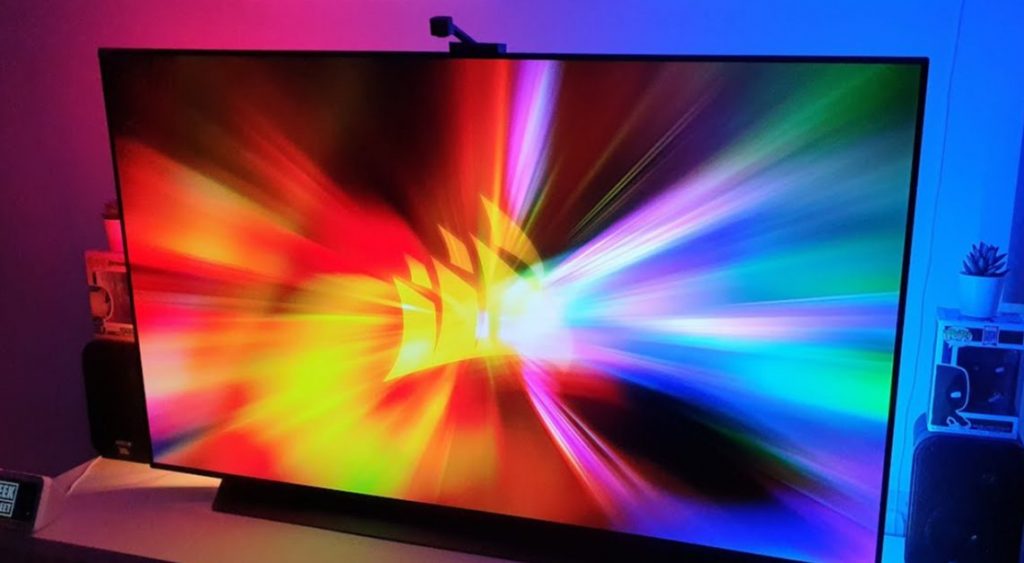Backlight is a lighting source for the TV screen. The backlight on TV is a source that makes possible the appearance of the picture on the TV screen. It works to produce various colors on the tv screen. Backlight is responsible for the production of dark shadows as well.
Backlight produces the picture as well as determines its quality and vibrancy. I know you’re curious what is a backlight in LED TV? The information about the backlight and its working is given in this article.
Table of Contents
Historical Background Of Backlight On TV:
After the invention of the TV, the technology used at that time for the production of pictures on the TV screens used Cathode ray tube (CRT). This tube itself played the role of the light source, so there was no need for any light source at that time.

And it was CRT that made TVs so thick at that time. With the passage of time, innovation in technology and the invention of LCD TVs resulted in another procedure that used CCFL (Cold cathode fluorescent lamps). But this technology did not last long due to its drawback of heat production. The LCD technology was replaced by a revolutionary invention named LED backlighting.
Latest Backlighting Technology:
Innovations were made at a large scale in the field of display technology and especially in LED backlighting. Today’s backlighting technology is the most advanced form of it so far.
Difference In Modern & Traditional Backlighting Technologies?
The major modification that distinguishes between modern and traditional backlighting technologies is the evolution of discrete backlighting zones. In modern backlighting technology, the discrete backlighting zones make the display on the screen more customizable, charming, and vibrant.
The reason behind this improvement is the backlighting zones can be turned on and off automatically and can be dimmed as well with the need for light and colors. Similarly, the intensity of dark shadows can also be adjusted accordingly. We can say that this technology gives us better control over the brightness of the screen.
Different Modes Of Modern Backlighting:

1. Direct-Lit LED:
This mode of backlighting technique is known for its brighter display. The thing that allows the display to be more bright is that a higher number of LED lights is used on TV screens. Although this lighting gives a brighter display the darker portions give a greyish look.
2. Dual LED:
The dual-LED format used two colors. The two colors used in this technique are warm yellow and cool blue. The transition between these two colors is done by the nature and type of the picture.
3. Edge-Lit:
This format is named edge-lit just because the LEDs used in this technique are arranged or installed across the edges of the LCD. The LEDs are fixed along the bottom and top edges.
4. Mini-LED:
Mini-LED is among the most innovative and effective modes of backlighting techniques. In this technique, companies use small LED lights. Mini-LEDs cover less space than others by five times. Mini and close LEDs provide more brightness and high-quality better display.
5. FALD:
FALD works by dividing the LED array into smaller portions. These portions are known as zones. The existence of these zones makes the contrast control even better and gives you enhanced control over backlighting.

Conclusion:
For new TV users and old users, it may be difficult to differentiate the working of old TV screens having CRT and modern LED TVs.
A question that arises here is what is the backlight on the TV and how does the LCD TV backlight work? The information given above answers all these types of questions.
